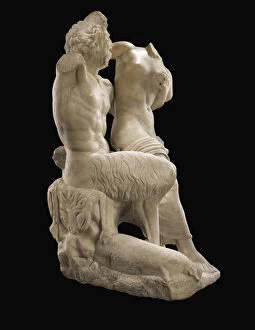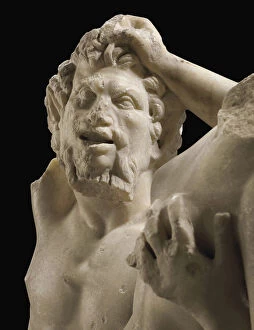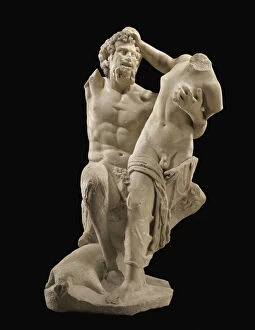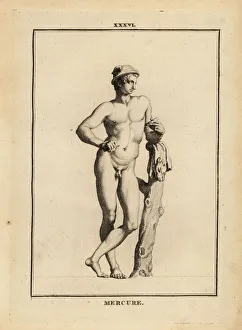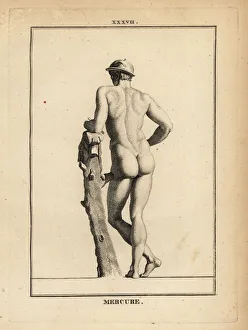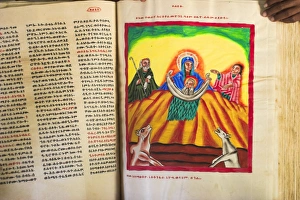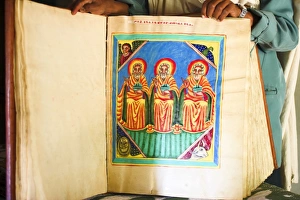Goat Skin Collection
"Goat Skin: A Symbol of Mythology, Trade, and Tradition" In the ancient world, goat skin held significant cultural and artistic value
All Professionally Made to Order for Quick Shipping
"Goat Skin: A Symbol of Mythology, Trade, and Tradition" In the ancient world, goat skin held significant cultural and artistic value. The marble sculptures of Pan and Hermaphrodite from the 1st century AD depict these mythical figures draped in goat skins, symbolizing their connection to nature's wildness and fertility. Mercury, the Roman god of commerce and communication, is often portrayed wearing a winged hat petasos adorned with a goat skin. This representation highlights his role as a messenger between gods and mortals while also emphasizing the importance of goats in trade. Beyond mythology, goat skin played a practical role in various societies. Among the Pokot people, pastoralists speaking a Southern Nilotic language, newborns were wrapped snugly in goatskins by their mothers. This tradition not only provided warmth but also reflected their close relationship with livestock. The historical significance extends to industries such as leather manufacture. In 18th-century France, copper engravings showcased different stages involved in transforming goatskins into luxurious moroccoed leather. From dyeing before tanning to scraping and soaking under water for kneading purposes - each step highlighted meticulous craftsmanship. Even biblical tales feature references to goat skins. In one instance from Genesis 27:26-29, Isaac mistakenly blesses Jacob instead of his first-born son Esau while feeling the texture of Esau's hairy arms covered by a disguised goat skin garment. Furthermore, wine transportation was once facilitated using goatskins during Spain's vineyard heyday in the 19th century. Engravings depict workers conveying wine-filled goatskins from Montilla vineyards - an image that evokes both rustic charm and practicality. From mythology to trade practices spanning centuries across cultures worldwide - "goat skin" emerges as more than just an animal hide material.


